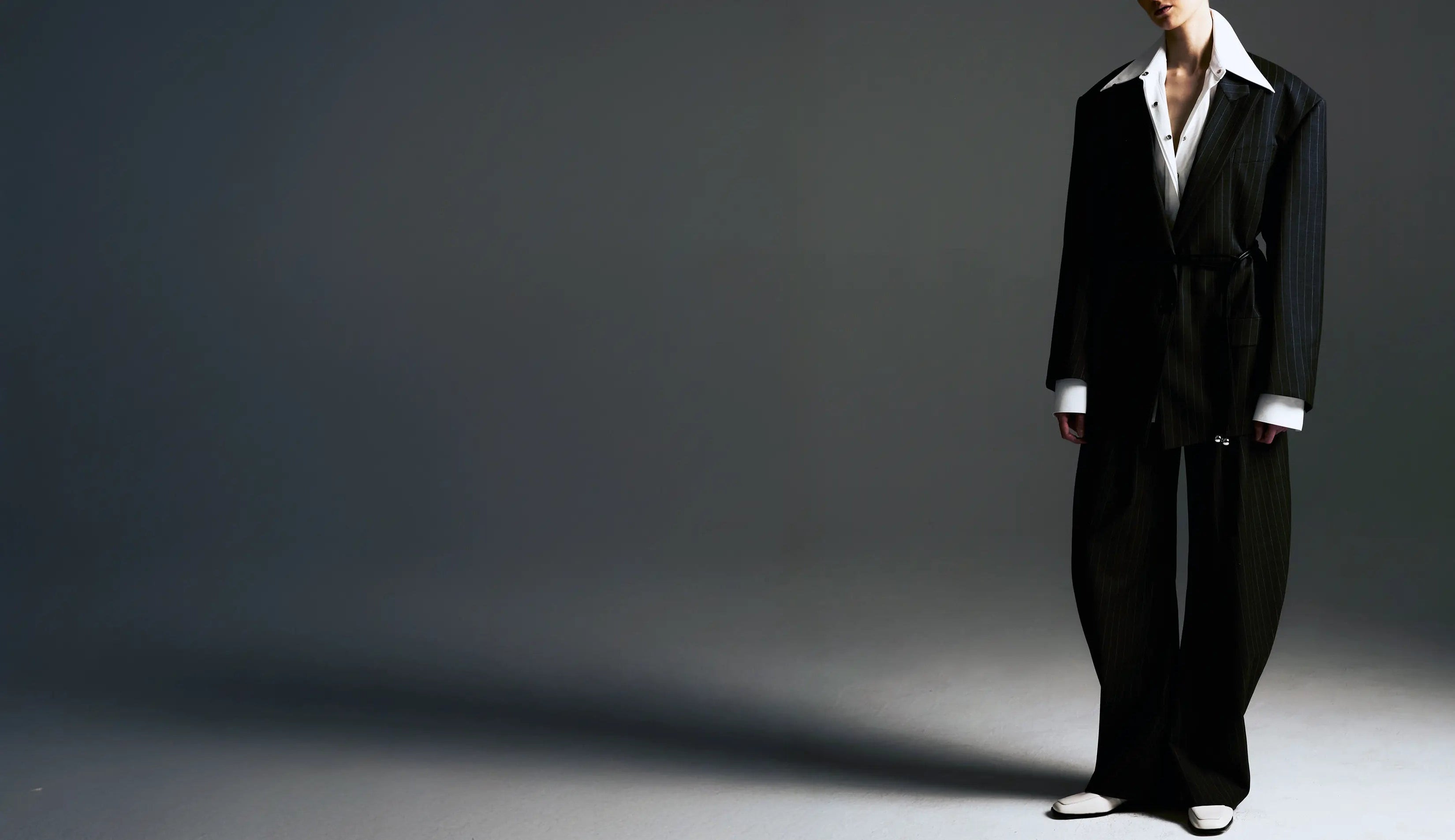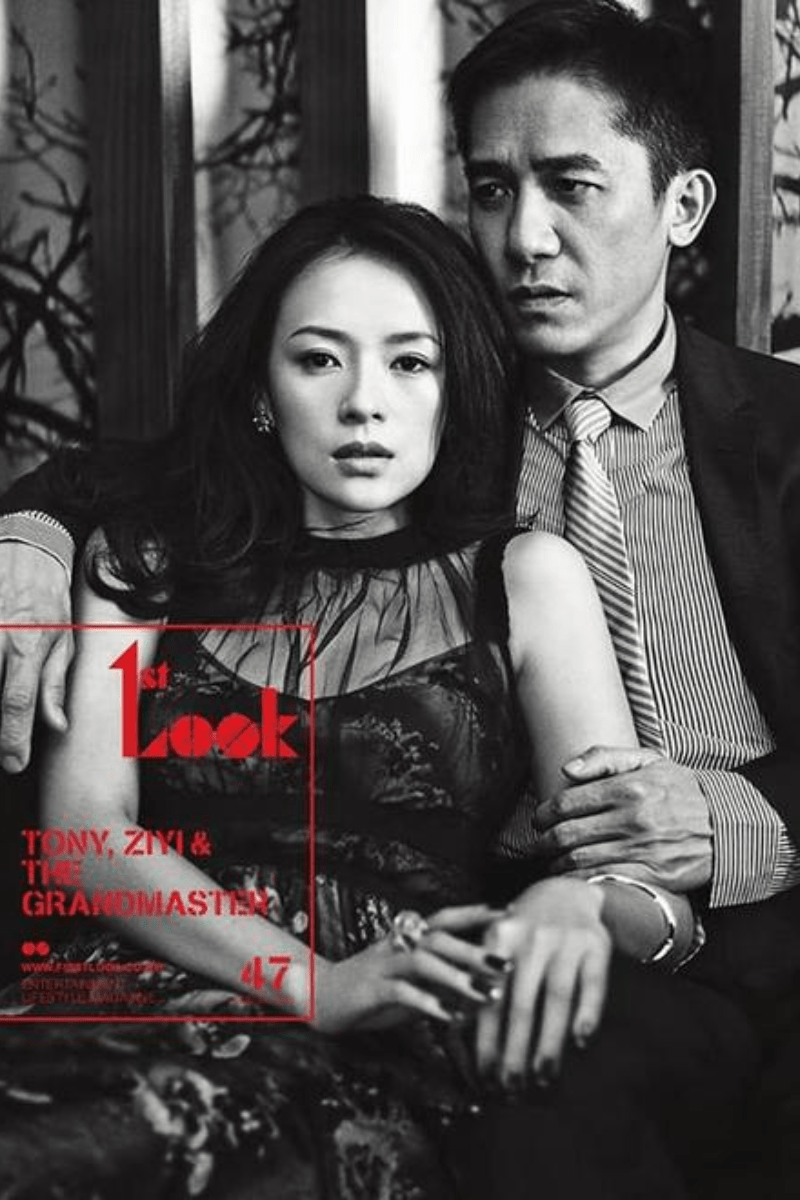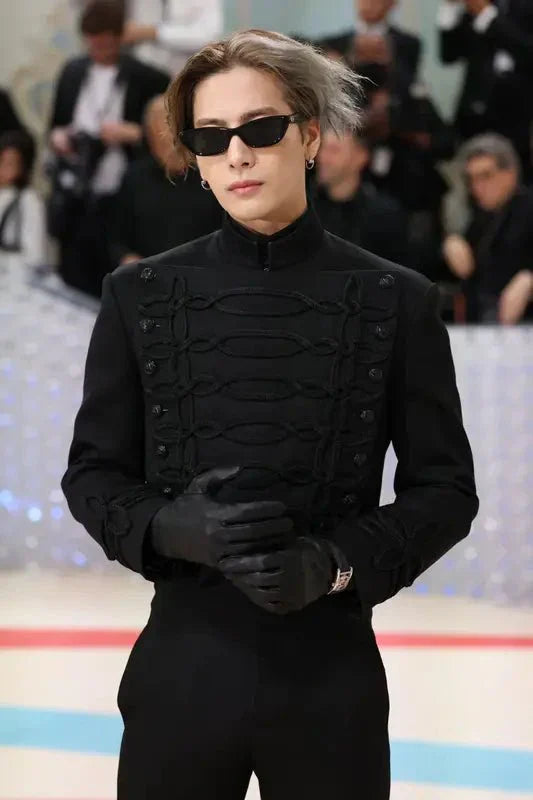When Television Production Became Cultural Archaeology
The cultural observer studying "The Untamed" costumes witnesses something unprecedented: streaming entertainment serving as vehicle for traditional craft preservation. The flowing white robes demonstrate hanfu construction principles that had nearly vanished from contemporary Chinese fashion, resurrected through production budgets that rival feature film investments and artisan expertise that connects directly to imperial court traditions.
The garment construction visible in these costumes employs techniques that disappeared from mainstream Chinese fashion during rapid industrialization. Sleeve attachment methods that honor body movement while maintaining architectural drape, seaming approaches that distribute fabric weight for extended wear comfort, collar construction that frames the face while supporting the garment's structural integrity—each technical decision reflects accumulated knowledge spanning centuries.
Chinese drama production companies discovered that authentic historical construction creates competitive advantage in global streaming markets. International audiences respond to visual authenticity that transcends mere costume decoration, creating demand for content that educates as well as entertains. The result transformed costume departments into cultural research institutions that employ master craftspeople alongside contemporary designers.
Architecture of Ancient Silhouettes
The white robes demonstrate sophisticated understanding of how traditional Chinese pattern-making creates garments that accommodate diverse body types while maintaining visual harmony. The flowing silhouette emerges from precise mathematical relationships between sleeve width, body length, and collar proportions—technical precision disguised as effortless elegance.
Traditional hanfu construction employs flat pattern techniques that differ fundamentally from Western tailoring's three-dimensional approach. The white robes' architectural drape results from strategic seam placement that allows fabric to move naturally while maintaining structure through internal support systems invisible to casual observation. This construction philosophy creates garments that photograph dramatically while remaining comfortable for extended performance periods.
The black robes with red accents demonstrate color application techniques derived from traditional Chinese textile practices. The crimson details serve as visual punctuation that guides the eye through the garment's proportional relationships while honoring cultural symbolism that adds narrative depth to costume design. Each color placement considers how different hues interact under various lighting conditions while maintaining symbolic integrity.
Manufacturing Renaissance Through Media Investment
C-drama production budgets enabled resurrection of traditional textile techniques that commercial fashion had abandoned for efficiency. The costume construction visible in "The Untamed" requires handwork that takes weeks per garment—embroidery techniques, fabric manipulation methods, finishing details that reflect skill levels approaching extinct crafts.
Production companies established relationships with traditional textile artisans who possessed knowledge passed through generations but lacked commercial outlets for their expertise. Drama costume departments became economic lifelines for craftspeople whose skills suddenly gained value in global entertainment markets demanding visual authenticity.
The manufacturing precision required for high-definition television created quality standards that exceed many contemporary luxury fashion brands. Every seam, every embellishment, every fabric choice must withstand close-up photography while maintaining consistency across multiple garments worn by different actors throughout extended production schedules.
Technical Innovation Through Historical Accuracy
The costume construction demonstrates how traditional Chinese garment engineering solved problems that contemporary fashion still struggles with. The sleeve attachment methods visible in both costumes distribute weight and stress across multiple connection points, creating durability that enables active performance while maintaining visual elegance.
Traditional Chinese construction techniques prioritize longevity through structural engineering rather than decorative application. The internal support systems that create the robes' distinctive silhouettes employ reinforcement methods that honor the fabric's natural properties while providing shape retention that survives repeated wear and cleaning cycles.
The collar construction in both costumes reveals sophisticated understanding of how garment components interact with body movement. Traditional Chinese collar techniques create visual framing that enhances the wearer's presence while providing structural foundation that supports the entire garment's architectural integrity.
Color Theory as Cultural Translation
The stark contrast between white and black costumes demonstrates traditional Chinese understanding of color psychology applied to narrative storytelling. The white robes communicate purity and scholarly wisdom through textile selection and construction techniques that enhance rather than compete with the wearer's natural coloring.
The black robes with red accents employ color relationships that reference specific periods in Chinese history while creating visual impact that translates effectively across cultural boundaries. The crimson details serve as cultural signifiers that educated audiences recognize while providing aesthetic punctuation that general audiences appreciate without requiring cultural context.
The color application techniques visible in both costumes reflect traditional Chinese textile practices where dye selection and application methods consider how colors age and interact with different lighting conditions. This technical consideration enables costume longevity while maintaining visual consistency throughout production schedules that span months.
Digital Production Requirements Elevating Traditional Craft
High-definition streaming platforms created quality demands that forced costume departments to achieve technical standards approaching museum-quality textile work. Every construction detail must withstand close-up scrutiny while maintaining authenticity that satisfies cultural experts and entertainment audiences simultaneously.
The costume construction process for productions like "The Untamed" requires documentation and quality control that preserves traditional techniques while meeting contemporary production schedules. Master craftspeople work alongside costume designers to ensure authentic construction methods while adapting techniques for performance requirements.
Digital color grading and post-production processing require costume construction that anticipates how different fabrics and dyes interact with digital cameras and editing software. Traditional techniques must adapt to technical requirements that didn't exist when these construction methods were originally developed.
Economic Revival of Traditional Skills
C-drama production success created sustainable employment for traditional textile artisans whose skills had become economically irrelevant in contemporary Chinese fashion markets. Costume departments became educational institutions where knowledge transfer occurs between master craftspeople and younger artisans learning traditional techniques.
The economic impact extends through related industries—silk production, traditional dye manufacturing, specialized hardware creation—that support authentic costume construction. Drama production investment revitalized entire supply chains that had nearly disappeared during China's rapid industrial modernization.
International success of Chinese dramas created global market awareness of traditional Chinese textile techniques, generating demand for educational content, luxury fashion collaborations, and cultural tourism experiences that further support traditional craft preservation.
Gender Expression Through Historical Context
The costume design in "The Untamed" demonstrates how traditional Chinese clothing concepts approached gender expression through cultural sophistication rather than rigid categorization. Both male characters wear robes that prioritize elegance and scholarly refinement over conventional masculine presentation, creating alternative models for contemporary gender expression.
Traditional Chinese formal wear emphasized cultural cultivation and artistic sensibility rather than physical display, creating aesthetic frameworks that appeal to contemporary audiences seeking alternatives to Western gender presentation models. The costume construction enables graceful movement that enhances rather than restricts the wearer's natural expression.
The styling approaches visible in both costumes provide templates for contemporary fashion designers exploring gender-fluid aesthetics rooted in cultural tradition rather than contemporary trend-following. Traditional Chinese clothing concepts offer sophisticated alternatives to binary gender presentation while maintaining cultural authenticity.
Educational Impact Through Entertainment Media
"The Untamed" costumes serve as visual education about traditional Chinese aesthetic principles, construction techniques, and cultural values embedded in textile traditions. International audiences learn about Chinese history and culture through costume authenticity that makes abstract concepts tangible through visual appreciation.
The production's commitment to historical accuracy created educational resources that benefit fashion students, cultural researchers, and traditional craft practitioners seeking to understand how ancient techniques adapt to contemporary applications. Costume construction documentation provides detailed technical information that supports craft preservation efforts.
The global audience reach achieved through streaming platforms enables cultural education that traditional academic institutions couldn't achieve, creating popular appreciation for Chinese textile traditions that supports broader cultural understanding and commercial opportunities for traditional craft practitioners.
Contemporary Fashion Integration
Luxury fashion houses now study C-drama costume construction techniques for structural innovations that honor cultural traditions while meeting contemporary market demands. The construction methods visible in "The Untamed" provide templates for creating garments that combine traditional aesthetics with modern functionality.
The sleeve construction techniques that create the distinctive flowing silhouettes offer solutions for contemporary designers seeking alternatives to Western tailoring traditions. Traditional Chinese construction methods provide technical innovations that create competitive advantages in global luxury markets increasingly valuing cultural authenticity.
The success of traditional construction techniques in entertainment production validates investment in cultural craft preservation while demonstrating commercial viability of authentic traditional techniques adapted for contemporary applications.
Future Possibilities in Cultural Craft Revival
The success of "The Untamed" and similar productions suggests broader possibilities for how entertainment media might support traditional craft preservation while creating commercial opportunities for authentic cultural expression. The template demonstrates how authentic cultural content creates sustainable economic models that honor tradition while serving contemporary markets.
Chinese drama production's investment in traditional techniques indicates shift toward cultural content that educates as well as entertains, creating demand for authentic cultural expression that supports traditional craft practitioners while building international appreciation for diverse cultural traditions.
The integration of traditional techniques with contemporary production requirements suggests possibilities for other cultures to develop similar models for craft preservation through entertainment media that honors tradition while achieving commercial success in global markets.
The misty mountain landscape dissolves as the credits roll, but the impact of those flowing robes lingers like the resonance of a perfectly struck bell. "The Untamed" achieved what few cultural movements accomplish: transforming entertainment consumption into cultural education while creating economic opportunity for traditional craftspeople whose skills suddenly gained global relevance. The white and black robes standing back-to-back represent more than costume design—they document cultural renaissance where ancient wisdom informs contemporary creativity, proving that authenticity and commercial success can coexist when supported by uncompromising commitment to technical excellence and cultural integrity.




